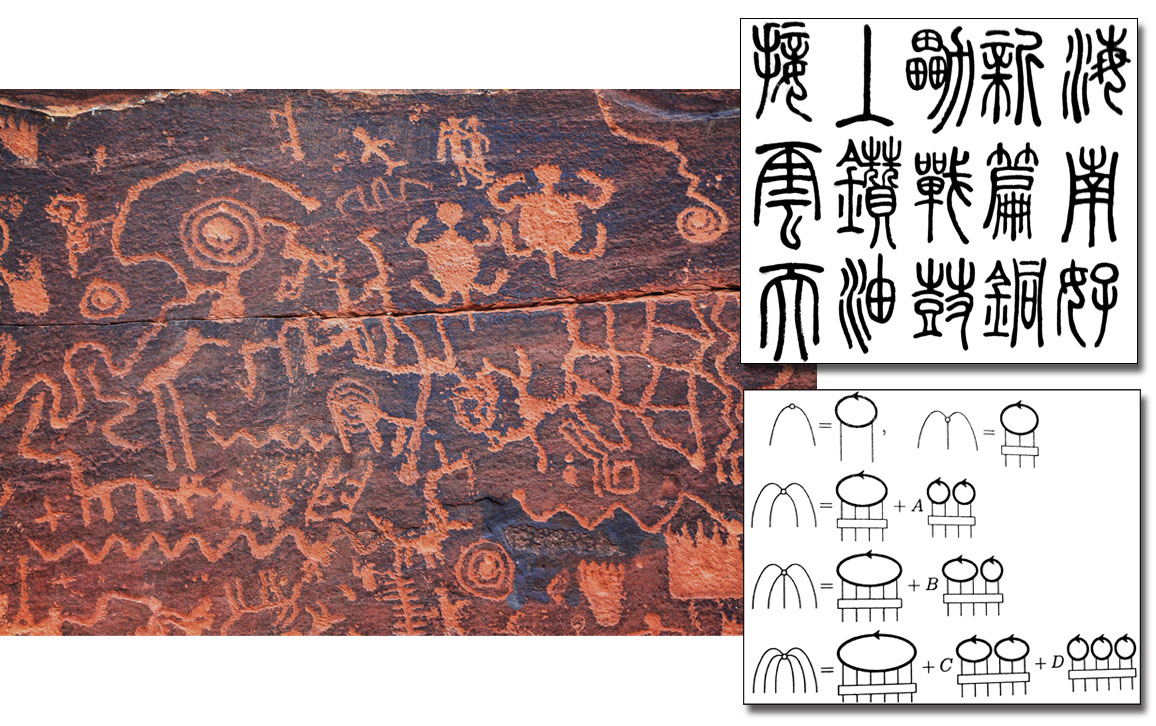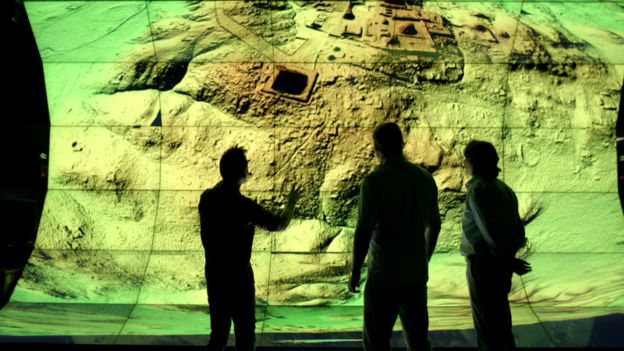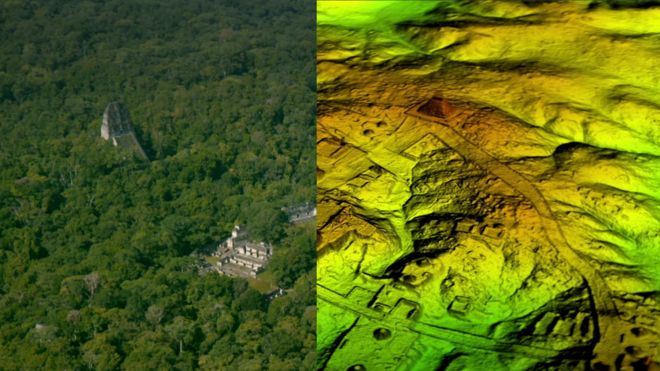Excellent summary of ancient DNA research:
Ancient DNA: the first three decades
Genes of ‘extinct’ Caribbean islanders found in living people
Ancient DNA analysis reveals Minoan and Mycenaean origins
On islands in the Gulf of Alaska, ground squirrels are not a recent, human-mediated introduction (as previously thought) and may
have colonized via a natural dispersal event or an ancient
human translocation:
Integrating archaeology and ancient DNA analysis to address invasive species colonization in the Gulf of Alaska
Integrating archaeology and ancient DNA analysis to address invasive species colonization in the Gulf of Alaska





















